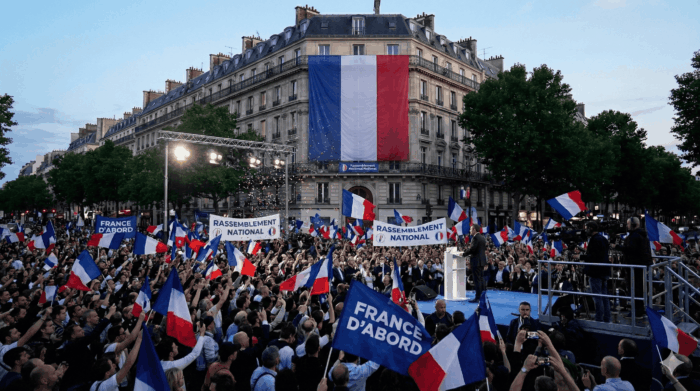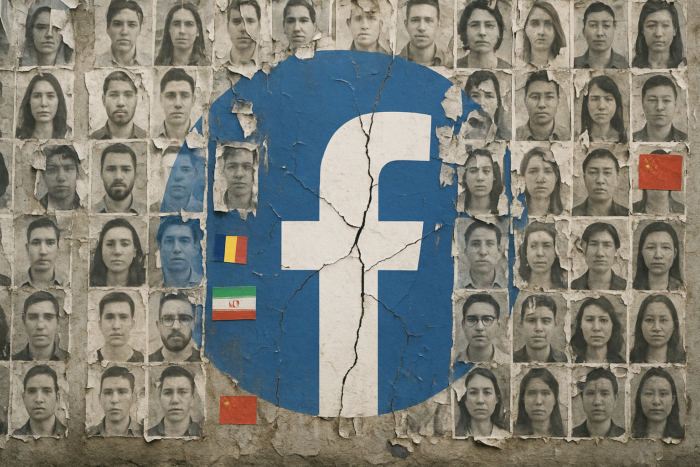US media reported last month on new research suggesting that Chinese state-backed influence campaigns on Twitter are more limited in their reach than usually expected, with most accounts having few or no followers and receiving minimal to no engagement. According to a Foreign Policy report:
December 15, 2021 As with past Twitter takedowns of pro-CCP networks, accounts in the first network were thinly veiled: Rather than presenting the account holders as plausible real people, they often featured default or stock profile images, only occasionally contained a bio, and showed little history of posting content that predated the topic of the operation. They also had few or no followers and received minimal or no engagement. The first dataset included 31,269 tweets, over 97 percent of which had zero engagements (the sum of likes, replies, retweets, and quote tweets). Many other pro-CCP campaigns, including from 2019 and 2020, were similarly lacking: In the 2020 takedown, the average engagement per tweet was just 0.81 (less than one like, comment, or share) and the average engagement per account was 23.07. Indeed, one of the most notable things about these networks—and pro-CCP operations on Western social media writ large—is how tactically repetitive, persistent, and yet low engagement they are. Even in the few weeks after Twitter removed the specific accounts we examined, we observed hundreds of accounts with similar profiles and posting patterns. Other researchers noted similar patterns—thousands more accounts, yet distinct from the networks we analyzed.
Read the rest here.
According to the report, there are three explanations why pro-Chinese influence operations on Twitter are frequent but have a very low engagement rate;
- Social platform takedowns may be limiting pro-CCP campaigns’ growth
- CCP metrics and organizational behavior may incentivize low-engagement operations
- The CCP may not care much for, or be very good at, Twitter astroturfing (yet)










